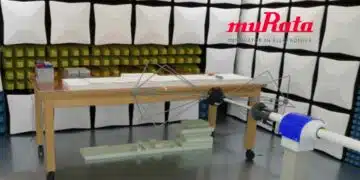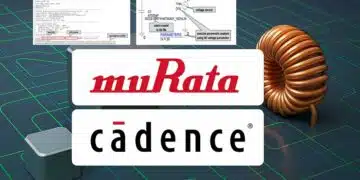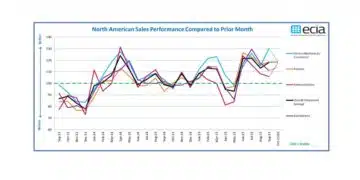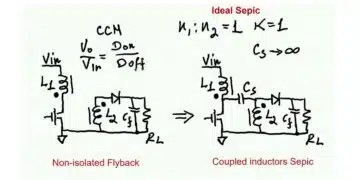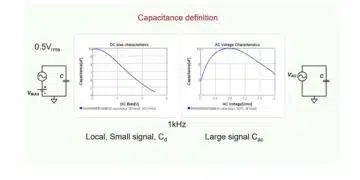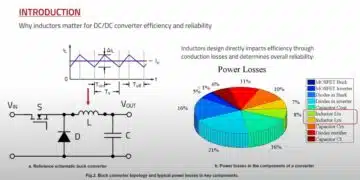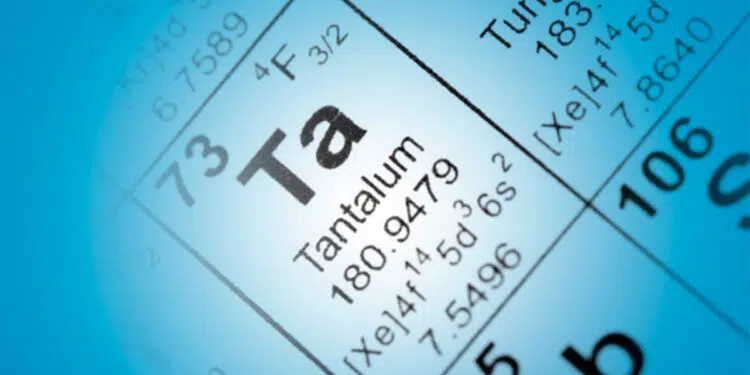Article by Cristina Belda published by Argus Media summarizes key items from presentation of Tomas Zednicek, EPCI European Passive Components president at T.I.C. general assembly in Geneva on 16-20th October 2022. The new generation of tantalum capacitors will need to provide confidence in a sustainable, conflict-free supply chain, research and development for novel nanomaterial and multi-sourcing to remain competitive and answer the future requirements.
The demand base for capacitors is moving towards the data communication and automotive sectors. Use of tantalum capacitors, the main consumer for tantalum metal, in the consumer electronics industry slows.
“Tantalum capacitors have lost some of their past high-volume demand applications, such as smartphones, processors or low-end power suppliers,” EPCI European Passive Components Institute president Tomas Zednicek said at the general assembly of the Tantalum-Niobium International Study Centre T.I.C. in Geneva.
“Capacitor manufacturers are shifting their focus from computer handsets and tablets to automotives and telecommunications, because the growth in these new sectors is higher than in traditional electronic consumer markets,” Zednicek said.
Smartphones, for example, require ever-smaller capacitors and so the technology they use for components is evolving, meaning that tantalum capacitors are being used less in these devices. The development of 5G networks and the need for high-speed data processing, wireless communication and storage are major new drivers for tantalum demand, Zednicek said. Within this, the automotive sector is projected to be the fastest-growing electronic systems industry.
Each vehicle is becoming its own cloud — a large cloud data centre and high-power computing centre,” Zednicek said. Connected cars are becoming prime “internet of things” connected devices, with higher bit rates than smartphones. The need for power electronics in vehicles is expected to increase along with the development of electric vehicles in coming years. Argus Consulting expects European electric vehicle sales to increase to 8.67mn by 2030, a rise from just 2.26mn in 2021.
While some automakers such as US-based Tesla do use tantalum capacitors, there is still reticence among others who prefer to use ceramic capacitors, Zednicek said. That hesitancy is partly because the tantalum market is relatively small, with limited suppliers — which could be a risk factor for consumers wanting to avoid supply chain issues.
The new generation of tantalum capacitors will need to provide “confidence in a sustainable, conflict-free supply chain, research and development for novel nanomaterial and multi-sourcing,” Zednicek said. These are all areas where innovation is needed. “The next decade for tantalum will be about reliability, sustainability and materials,” Zednicek added.




